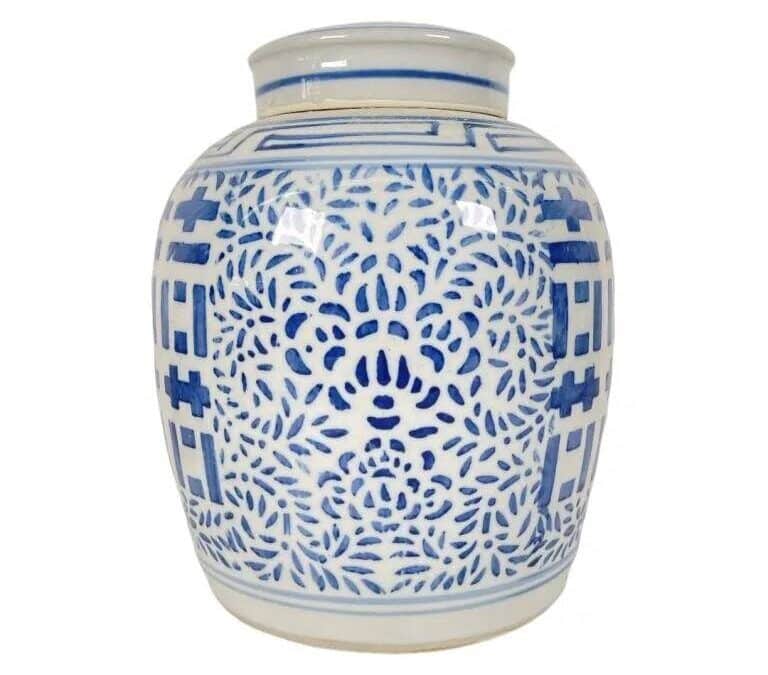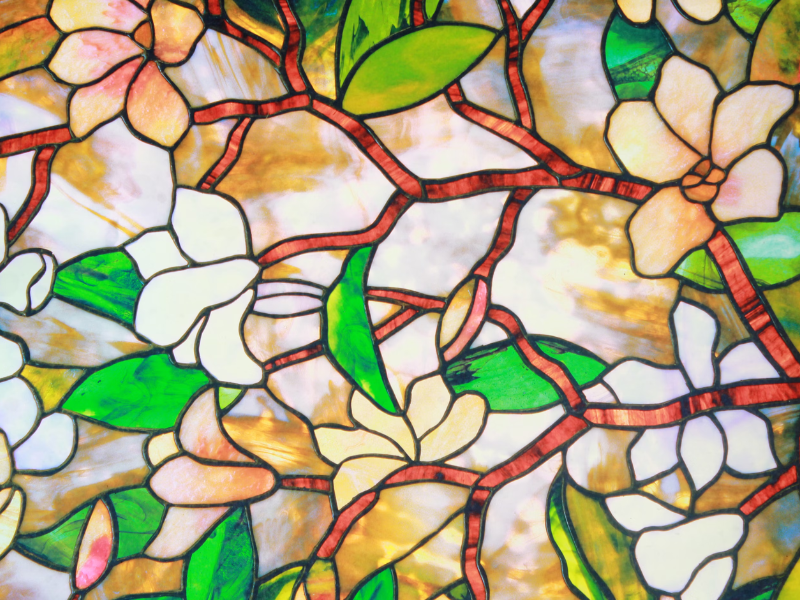The appeal of quality Asian ceramics is one that persists through time and space. The earliest examples can be traced as far back as ten thousand years ago, and since then, Asian ceramics have undergone numerous innovations to become more useful and more beautiful.
Nowadays, Asian ceramics are some of the most highly sought-after collectibles in the world, inside of Asia and out. The classic aesthetic and unparalleled craftsmanship of authentic traditional pieces leave nothing to be desired by collectors.
If you’re one of the many captivated by Asian ceramics or simply looking to diversify your collection, there are some things you should know before making your first purchase. Let’s dive into the information we have for beginners looking to start their own Asian ceramics collection.
The Varieties of Asian Ceramics
Asia is a diverse continent that has a wealth of cultures, each boasting its own unique history. As a result, ceramic styles and types can vary greatly from country to country, and each has its own appeal and value to collectors. Knowing about different countries’ pottery styles can help you find one you love to help focus your own collection.
Chinese Ceramics
In the world of Asian ceramics, Chinese ceramics stand apart as one of the most popular and most common types that you’ll encounter. Over a thousand years ago, porcelain ceramics were first created under the Tang dynasty in China. These pieces usually come in creamy, grey, and blue colors and are rather delicate. Many consider Chinese ceramics to be the most valuable based on their robust historical roots, their rarity, and of course, their incredible aesthetic appeal.
Japanese Ceramics
From past to present, Japanese ceramics are well-known and sought by collectors around the world. The Japanese have historically tended to focus on practicality in their pottery, admiring function over form. But of course, Japanese potters and artisans still put their all into making their work visually appealing. This can be most clearly seen in the simple yet beautiful designs of pieces used in tea ceremonies.
Korean Ceramics
Historically, Korea has had a unique understanding of pottery and has innovated in ways that make their ceramics popular with collectors around the continent and world. Two of the most famous Korean innovations are sanggam, a delicate etching technique, and buncheong, a traditional Korean stoneware form. Standing out from the shadow of Chinese dominance isn’T easy, but Korean potters are noteworthy for having done so by creating their own techniques and forms.
Vietnamese Ceramics
Influenced greatly by China, Vietnamese artisans have long utilized Chinese techniques while incorporating their own distinct practices and indigenous inspirations into the finished works. For example, Vietnamese white celadon and white-brown gốm hoa nâu ceramics from the Lý and Trần dynasties display a unique style and sensibility that set them apart from Chinese pieces. Japanese elites imported a respectable number of Vietnamese ceramics from the Lý dynasty for use in their tea ceremonies, as Vietnamese potters had mastered incorporating lotus and Buddhist symbology in their ceramics.
Important Aspects to Consider
Now that you understand the types of Asian ceramics, there are a few aspects of individual pieces that you need to carefully evaluate as you consider a purchase. This will help you identify potential fakes and properly value the pieces that you seek to buy.
Weight & Glazes
Feeling the weight and examining the glaze of a piece are two great ways to determine its authenticity and value. Authentic Chinese porcelain pieces are light, whereas knockoffs have a heavier feel to them. The glaze used matters as well, as a cheap, ineffective glaze that is chipped or worn down wouldn’t have been used on an authentic piece. Aside from helping to identify the authenticity, the glaze can also help you pinpoint the era and country where a piece was crafted.
Color Palette & Design
The color palette and design of an Asian ceramic also contribute to its value. Of course, certain colors and designs are simply more aesthetically pleasing to investors and collectors. Beyond that, there are distinctive styles and palettes attributed to different eras and countries, as with other forms of art. Over time, production processes were mastered and designs, such as the classic blue and white of Chinese porcelain, were made to be bolder, clearer, and more intricate.
Condition
As with any collectible, especially one that comes from hundreds of years ago, the condition of a particular ceramic is especially important to consider. The better the condition, the higher the value. However, there are exceptions to this rule. Consider Japanese kintsugi pottery. Kintsugi pieces were chipped or broken and then repaired using a special gold-, silver-, or platinum-infused lacquer. The lines of lacquer are highly visible, drawing attention to the repair work and highlighting the piece’s unique history.
Origin
In Chinese ceramics, reign marks are a crucial part to consider. These marks denote the time in which the ceramic was made, as the mark specifies the dynasty and emperor in power at the time of creation. Certain reign marks can even help to identify that a piece was meant for imperial use! Unfortunately, reign marks can be forged, so it is always wise to consult with an expert to properly determine if the reign marks are authentic.
Start Your Collection With the Help of Joshua Kodner Galleries
To ensure your collection gets off to a proper start, go through a trusted, dependable dealer. Joshua Kodner Galleries has a team of dedicated experts to verify the authenticity of the fine jewelry and art pieces that come through our doors. We regularly come across all sorts of pieces, including fine Asian ceramics, that we auction to our discerning clients. In addition, we pride ourselves on offering only honest prices to both buyers and sellers. Interested in starting your own Asian ceramic collection? Feel free to contact us today.




